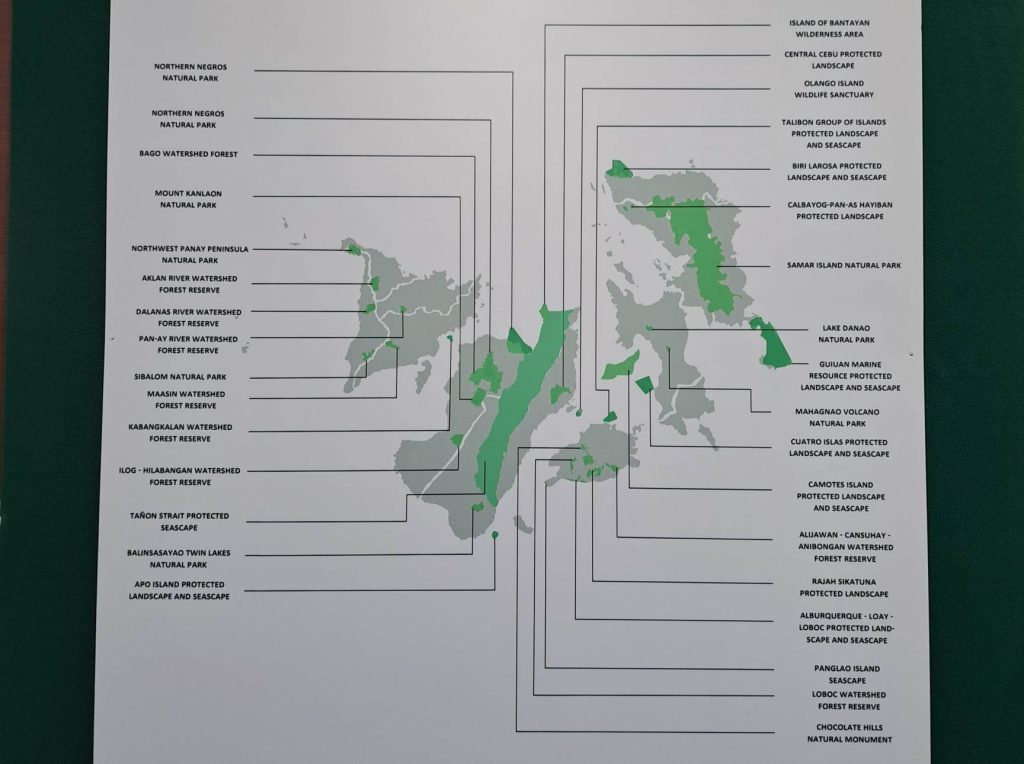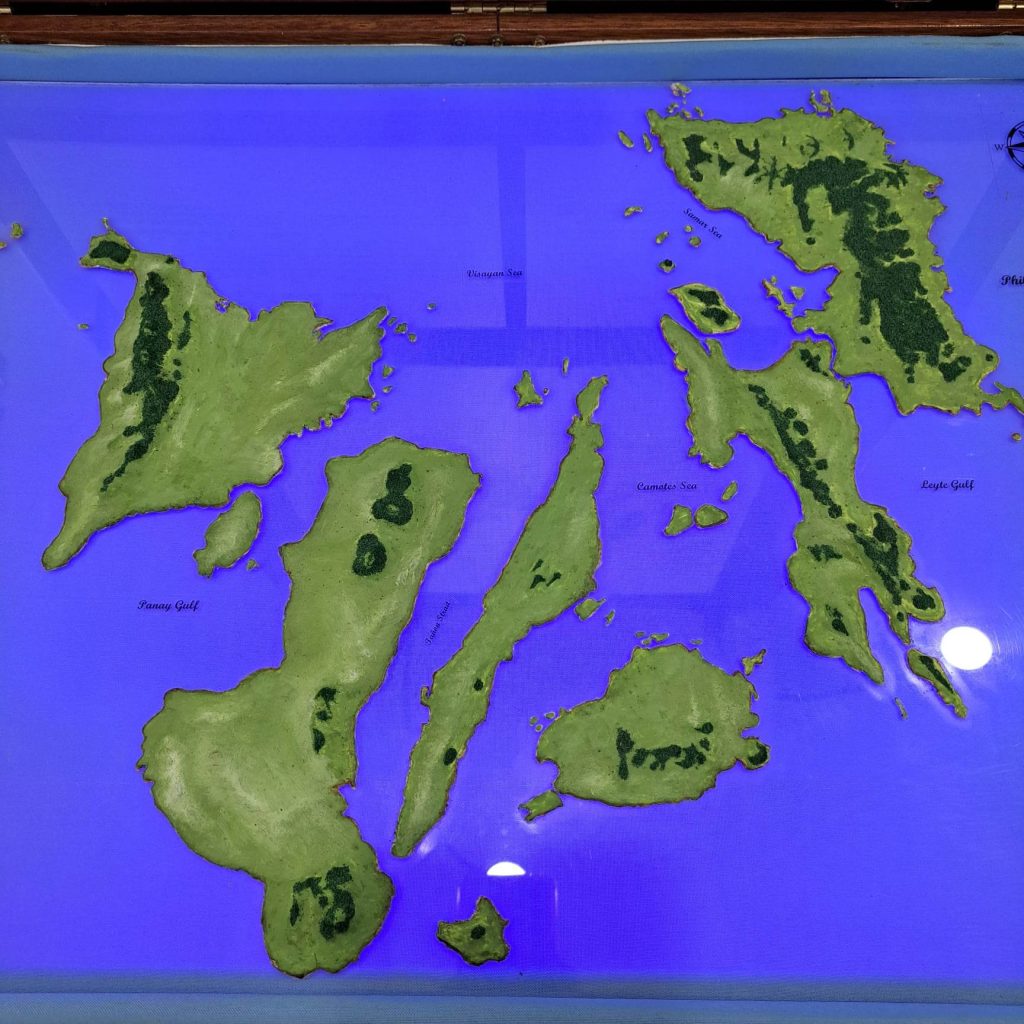Disclaimer: This is not the official press release or communications. The text are taken from the exhibit itself. All credit goes to the National Museum of the Philippines – Western Visayas Regional Museum, International Centre for the Study of the Preservation and for Restoration of Cultural Property (ICCROM), CollAsia Field Projects (Connecting Communities and Collections), and the Cultural Heritage Administration of the Republic of Korea.
Protected areas are regions or zones of land or sea that are reserved and managed for the purpose of conserving nature, its ecological importance, and biodiversity. Not only do they provide protection to the wilderness and natural resources, but they also impart environmental and economic benefits for humans, especially for the local communities and indigenous people residing near these areas.

It can take on many different categories such as a national park, nature reserve, wilderness area, natural monument feature, habitat management area, protected landscape/seascape/area, and protected natural resources.

There are 33 protected areas in the Visayas including the marine protected areas. Some of these areas are presented to strengthen and sustain local knowledge and raise awareness regarding its significance and cultural value.
Pambansang Museo sa Barangay: Bringing Museum Collections to the Fringes
Parts of the Pambansang Museo sa Barangay:
Haból Panay: The Woven Artistry of Western Visayas
Amlig: Biodiversity Conservation in West Visayas Faunal Region
Elephant and Stegodont: The Gentle Giants of Panay
Other helpful exhibits:
Rocks of the Visayan Islands
Shells of the Visayan Region
Rafflesias of the Visayan Islands
The Forest Products
The Forest Stratification
The Kanlaon Volcano
The Chocolate Hills
The Pawikan
**Content was only based on the photos I took during my personal visit. I may have missed significant details.

The Visayan Region’s protected areas are a source of pride and inspiration for all nature enthusiasts. These areas provide not only refuge for native species but also opportunities for research and education. I’m grateful that efforts are being made to safeguard these invaluable ecological treasures.